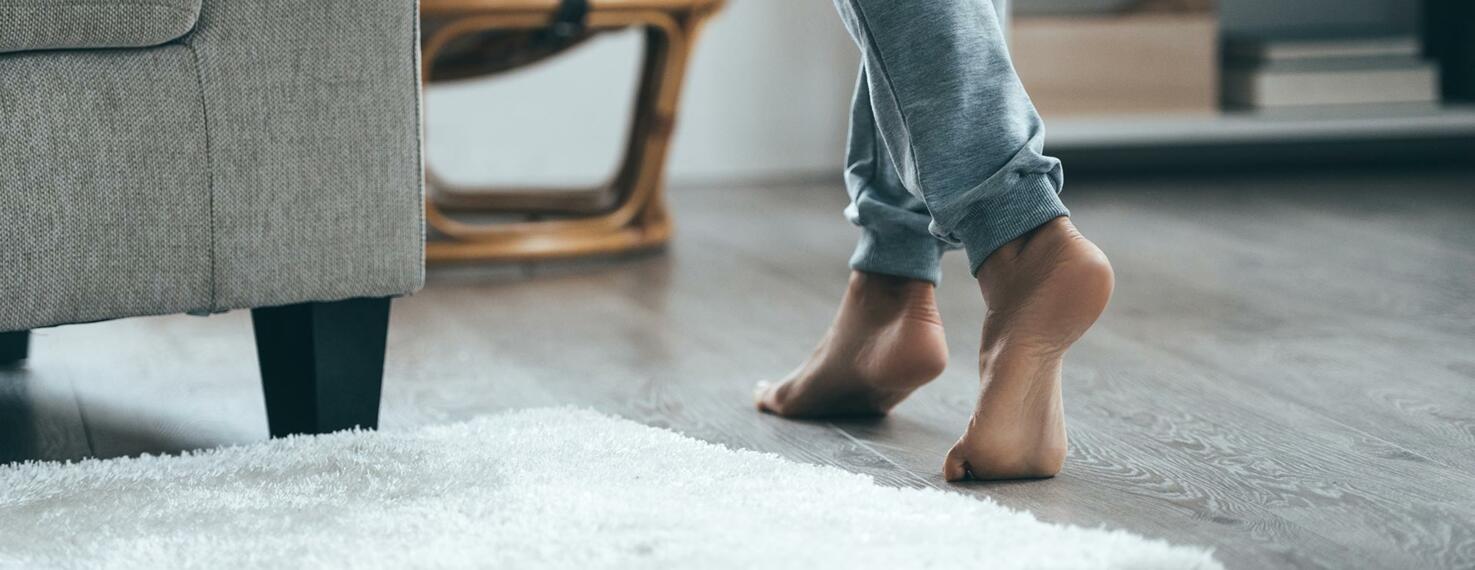
How is the tread hardness measured?
The hardness of wheel treads is indicated in Shore.
The hardness of the tread plays an important role in the selection of castors and wheels for transport equipment. Different treads are required depending on the floor covering on which the transport equipment is to be used. A hard floor covering requires a softer castor. This applies to laminate, tiles and PVC flooring, for example. The soft tread protects the floor, but is still easy to move and steer. Soft castors can also be used on softer surfaces and carpets. Here, however, harder castors and wheels are also used and in some cases are the recommended choice.
Indication of tread hardness
The hardness of the tread is stated on the product pages in Shore. A distinction is made between Shore A for elastomers and polyurethanes and Shore D for hard plastics. Shore hardness is tested by the penetration of a spring-loaded pin made of hardened steel into the material to be tested. The scale runs from 0 to 100 Shore. 0 Shore corresponds to a penetration depth of 2.5 mm, while for 100 Shore the penetration depth is 0 mm. The higher the number, the harder the material.
The Shore A method uses a needle with a blunt tip and the Shore D method uses a needle with a spherical tip which is applied at a 30° angle. Since the hardness depends on the temperature, the measurement is carried out at a temperature of 23°C ± 2 K in accordance with the standard.
In addition to soft and hard rubber wheels, our range also includes the hybrid wheel: The hybrid wheel has a hard polyamide tread and a soft rubber core. This combines the properties of a hard wheel with the cushioning effect of softer wheels.
